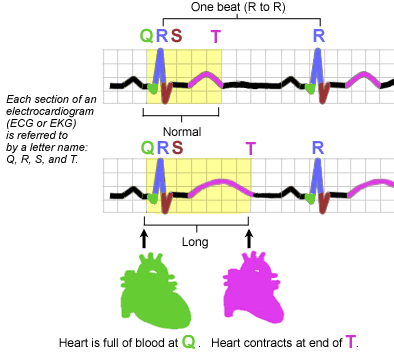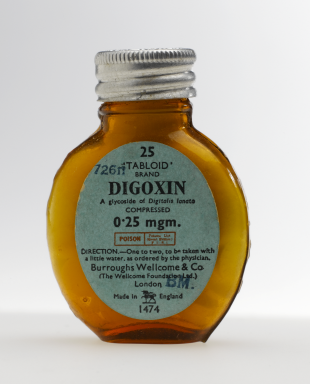In Worst test question ever! – Maybe, I pointed out some of the problems with the way we “educate” people in EMS. The following question was provided with the rhythm above.
You are dispatched emergency traffic to the scene of a 24 yo F with “palpitations.” You arrive to find her pale, sweaty and lethargic. You palpate a radial pulse with an extreme rate. You hook her up to the monitor and find the following rhythm? You have a 45 minute transport time. Which of the following is the most appropriate initial treatment for this condition?
1.) Nitroglycerin 0.4mg SL
2.) Immediate synchronized cardioversion
3.) Adenosine 12mg Rapid IV push followed by 20cc NS bolus
4.) Epinephrine 1mg 1:10000 q-3-5m IVP
If a test question is so poorly written that there is no justifiable answer, why would anyone competent defend the question?
The answer is that we have dangerous people as “educators” and no really good method of eliminating them from EMS classrooms.
If there are no correct answers, can there be one best answer?
If there are no correct answers, can the most deadly answer possibly be the best answer?
We are supposed to be providing patient care, not making “educators” feel good about being dangerous.
Could the rhythm be atrial flutter?
It is not a bad idea to suspect flutter when the ECG rate is an even fraction of the ≈300 rate that is typical of flutter waves e.g. ≈75, ≈100, and ≈150)?
Is there another wave half way between the P waves seen in this rhythm, which would make both waves F waves?
I do not see any Flutter waves.
That is the same rhythm. Do you see any F waves?
If the rhythm is sinus, then cardioversion/defibrillation is not going to help, but can make things a lot worse.
We can produce anything from pain to death by shocking this rhythm.
Why would we do that to satisfy an incompetent “educator”?
This might be a good question to identify people who should not be trusted to care for patients. If we are willing to make a choice that is the equivalent of harming patients in order to come up with the one best answer right answer in a testing environment, what might we do when faced with a real patient, but a protocol that we think needs to be followed?
Is cardioversion the way to avoid the QA/QI/CYA spanking?
Should we be trying to figure out how to intervene?
Should we be trying to figure out when to intervene?
If the intervention is a heart-stopping dose of electricity (cardioversion), should we be looking for excuses to shock, or should we be trying to figure out if the patient is likely to benefit from that treatment?
–
What about this 80+ year old patient, who is pale, and lethargic, but is not confused?
Here is a different EMS 12 Lead Facebook post.
More ACLS…
Your pt is a 54 yo male found in bed, with AMS. He looks pale, has BP of 84/52 with the rhythm below. No other hx is available right now. What’s the treatment?
The earlier post looked like a sinus tachycardia from a rhythm generator. With the HeartSim, to get a good fast narrow complex rhythm use atrial tachycardia and hit the faster button once or twice – that produces a rhythm that is not obviously sinus. There were 25 comments choosing from among the choices given, before there was a comment from someone smart enough to recognize that all of the choices were wrong.
Yes, the National Registry does encourage the fraud of one best answer. Why do medics choose a dangerous treatment, when we know it is dangerous?
We have been taught to choose try to figure out what would be most pleasing to the instructor/evaluator – not to do what is best for the patient.
Why aren’t the instructors/evaluators looking for what is best for the patient?
One of the reasons for fewer indefensible answers at EMS 12 Lead is that many of the people following EMS 12 Lead are already medics, nurses, and/or doctors, rather than students looking to please an instructor/evaluator.
This time, there were four good answers before anyone suggested cardioversion, but why are so many of us looking for excuses to use electricity to stop the hearts of patients?
.














Subscribe to RogueMedic.com